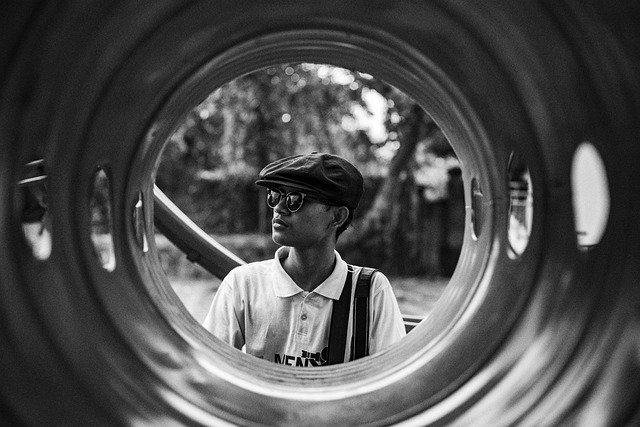**Topic: "The Evolution of Sustainable Fashion: Trends, Innovations, and Future Perspectives"** In

The Evolution of Sustainable Fashion: Trends, Innovations, and Future Perspectives
Sustainable fashion has evolved significantly over the past few decades, transitioning from a niche market to a mainstream movement that is reshaping the industry. As consumers become increasingly aware of the environmental and social impacts of their clothing choices, designers and brands are responding with innovative solutions and practices. Let’s explore the key trends, innovations, and future perspectives of sustainable fashion.
Trends in Sustainable Fashion
1. Circular Fashion
Circular fashion emphasizes the importance of designing garments that can be reused, recycled, or composted at the end of their lifecycle. Brands are adopting strategies to create closed-loop systems, minimizing waste and reducing the need for new resources.
2. Ethical Production
Consumers are demanding transparency in the supply chain. Ethical production practices, including fair wages and safe working conditions, are becoming non-negotiable for many brands. Certifications like Fair Trade and GOTS (Global Organic Textile Standard) are gaining traction.
3. Upcycling and Repurposing
Upcycling involves transforming old or discarded materials into new, high-quality products. This trend not only reduces waste but also adds a unique touch to fashion items, appealing to consumers looking for one-of-a-kind pieces.
4. Minimalism
The minimalist fashion movement encourages consumers to invest in high-quality, timeless pieces that can be worn in multiple ways. This approach promotes a “buy less, choose wisely” mentality, reducing the overall consumption of clothing.
Innovations in Sustainable Fashion
1. Eco-Friendly Materials
Innovations in fabric technology have led to the development of sustainable materials such as organic cotton, Tencel, and recycled polyester. Brands are also exploring alternative materials like mushroom leather and lab-grown fabrics, reducing reliance on traditional textiles.
2. 3D Printing
3D printing technology is revolutionizing the way garments are produced. This method allows for precise manufacturing, reducing waste and enabling customization. Designers can create intricate designs with minimal material usage.
3. Digital Fashion
With the rise of virtual reality and augmented reality, digital fashion is gaining popularity. Brands are creating digital clothing that can be worn in online spaces, reducing the need for physical production and promoting a more sustainable approach.
4. Blockchain Technology
Blockchain is being utilized to enhance transparency in the supply chain. By tracking the journey of a garment from production to purchase, consumers can verify the sustainability claims of brands, fostering trust and accountability.
Future Perspectives
The future of sustainable fashion looks promising, with several key developments on the horizon:
1. Increased Consumer Awareness
As sustainability becomes a priority for more consumers, brands that prioritize ethical practices and transparency will stand out in the market. Education on sustainable fashion will continue to grow, empowering consumers to make informed choices.
2. Collaboration and Community
Collaboration between brands, designers, and consumers will be crucial in driving sustainable practices. Initiatives like clothing swaps, rental services, and community-driven fashion projects are expected to gain momentum.
3. Regulatory Changes
Governments and organizations are likely to implement stricter regulations on fashion waste and environmental impact. Brands will need to adapt to these changes, ensuring compliance while maintaining their commitment to sustainability.
4. Technological Advancements
Continued advancements in technology will lead to more sustainable production methods and materials. As innovation progresses, the fashion industry will have the opportunity to reduce its environmental footprint significantly.
Conclusion
The evolution of sustainable fashion is a testament to the power of consumer demand and innovation. As we move forward, it is essential for designers, brands, and consumers to collaborate in creating a more sustainable future for the fashion industry. By embracing ethical practices, exploring innovative materials, and fostering a culture of sustainability, we can ensure that fashion remains a source of creativity and expression without compromising the health of our planet.
Let’s continue to support and celebrate sustainable fashion as we pave the way for a brighter, more responsible future!

Upvoted! Thank you for supporting witness @jswit.